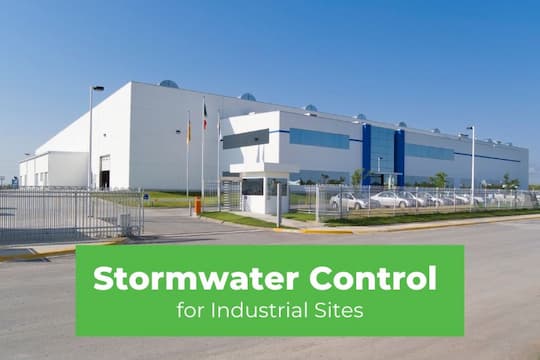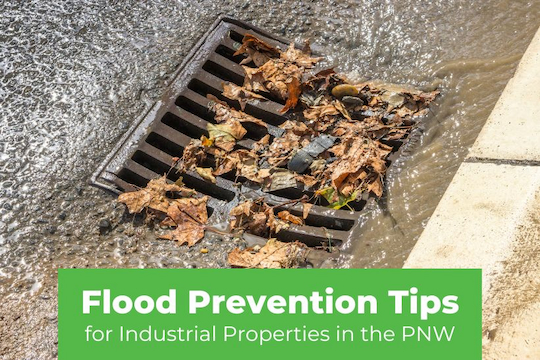Municipal water systems supply fresh water to communities through a system comprised of canals, reservoirs, flumes, ditches, pipes, and other devices. The system is set up for water collection, storage, transport, and distribution.
Public entities own almost 85% of these systems, with smaller, private entities owning the remainder. Owners include rural towns, villages, and cities, all the way up to more extensive state and federally owned systems.
Owners and managers of water systems often come up against a lengthy and growing list of obstacles regarding water quality and system effectiveness. Fortunately, technology improvements, system design changes, and other remedies are helping communities meet and adapt to new and ongoing water management challenges.
There's still a ways to go but understanding the top challenges is the first step in coming up with methods to resolve these issues and protect the viability of community water supplies.
Aging Water System Infrastructure

Municipal water system challenges usually have their roots in aging infrastructure that was built 40 or more years ago. Often, these same communities do not have adequate funding to keep their systems in good repair or to perform periodic upgrades to improve the system’s functions.
Older and poorly maintained systems often become more susceptible to breakdowns in various system areas. Without repairs and necessary maintenance such as regular catch basin cleaning, these breakdowns can lead to flooding, water contamination, and other serious issues. The result could be thousands of dollars in damage and negative impacts on the amount of fresh, available water for the community.
Even small pipe leaks matter. Leaking pipes and water main breaks cause losses of up to 6 billion gallons of treated water each day in the US, according to the American Society of Civil Engineers (ASCE).
Communities, to respond to these municipal water system challenges, are working to modernize their systems and replace aging components. Water management advancements have led to Improvement options such as advanced controls and artificial intelligence for more innovative water system management and natural processes such as biological filtration.
Long-Term Water Availability
The long-term availability of water is a critical issue, especially for metropolitan areas with high consumption rates. The world's precious freshwater resources are being depleted and degraded due to the high drawing rate of water from local aquifers in many areas.
This practice reduces the current water supply and can impact the aquifer’s ability to store and supply water for future needs. In some states, such as California, water districts must import water from other municipalities to meet the state’s water needs.
Communities are working to fix these issues by finding new water sources, improving water sustainability practices, and reworking water supply planning to protect existing stores and prepare for future demands.
Groundwater Management

The average citizen probably does not realize that approximately 30% of the world's freshwater comes from groundwater reserves. In more arid states, closer to 40% of the regular water supply comes from underground sources. Aquifers are underground areas of permeable rock or sediment that contain large volumes of water.
Significantly developed communities often have vast expanses of impermeable concrete, which prevents rainwater from soaking into the ground and refreshing these aquifers. Some communities also draw more water from their aquifers than the amount that gets replaced during rain events. Aquifers can become contaminated or depleted. When communities pump groundwater out faster than it recharges, this can lead to dry wells and challenging times, especially during drought conditions.
According to scientists at Columbia University’s Climate School, depleted groundwater can lead to a need for deeper well drilling. In certain areas, this practice can pull in saline water from oceans, which contaminates fresh groundwater. Depleted aquifers can also collapse, becoming smaller and losing their ability to store water forever. Large, sunken land areas or sinkholes have resulted in some cases from aquifer depletion.
A NASA study of the world’s aquifers found that of the 37 largest aquifers, 21 are overdrawn, and 13 have critically low water levels, based on gathered satellite data.
In response, many states have put sustainable groundwater management practices in place. Some western states are protecting their aquifers by implementing managed aquifer recharge projects in areas such as south-central Washington’s Yakima River Valley.
Regulatory Compliance
The Department of Health and the Environmental Protection Agency (EPA) enforces regulations on municipalities to protect and preserve water quality and resources. While more and more regulations appear on the scene, many cities lack the staff, training, and funding to keep up. These conditions can lead to several community water system challenges such as systems that do not comply with the Safe Drinking Water Act, among other violations.
Managing contaminants proactively and testing water quality provide opportunities to detect and better manage contaminants and identify and resolve potential problems. Municipalities can also contact outside firms such as CatchAll Environmental for help with regulatory issues, paperwork filing, and communications with regulatory entities.
Lack of Financial Resources

Many communities already have many demands placed on their limited funds and cannot make water management system improvements without finding additional funding. Often, smaller rural communities keep their water rates artificially low and hesitate to raise utility rates over time. These communities lack the funds to cover basic daily operations and system maintenance, let alone make repairs or upgrade their water management system.
Another top concern involves customer attitudes. Most consumers have no problem paying higher rates for non-necessities such as cable, but surveyed water industry professionals believed that residential water customers would negatively react to paying increased rates for life-sustaining water.
Opportunities for grants and other funding are often scarce for communities in need. However, municipalities have had success building partnerships with other cities and exploring less-traditional funding possibilities to uncover new financial resources and more access to much-needed capital.
Get the Expertise and Resources You Need
While it’s clear that municipal water system challenges affect many owners, numerous options exist to address these issues before the consequences become permanent.
CatchAll Environmental’s can provide maintenance plans to help prevent pollution and degradation of your stormwater system over time. We can work with you to develop a plan to manage water system assets by factoring in the system's age, current maintenance protocols, and funds available for improvements.
Catch All Environmental has experts on staff to help municipal entities navigate through regulatory compliance and can even act as a liaison to work with municipalities on your behalf.
Contact us today so that we can help you make progress in managing your community’s water better and ensure plenty of fresh, clean water for today’s customers and many generations to come.













